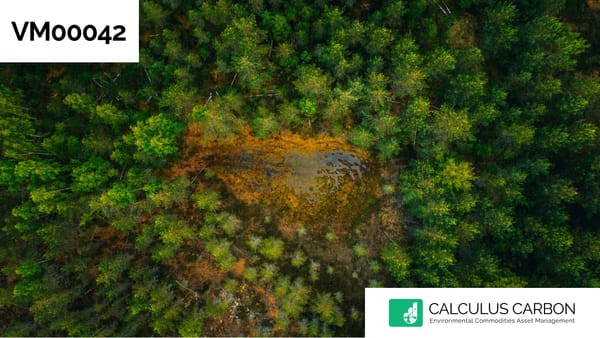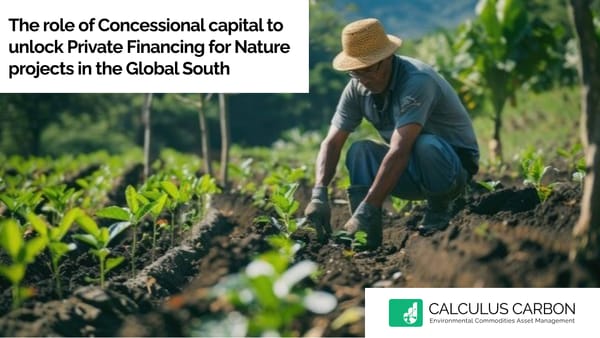Evolving Dynamics: The Rise of Newer Vintages in Voluntary Carbon Markets


Graph: Showcasing the increase in the Newer Vintages in VCM
In a dynamic shift, newer vintages of carbon credits have assumed a more influential role in the voluntary carbon market (VCM) in 2023. This evolving trend is propelled by heightened buyer scrutiny and a diminishing significance of older credits, indicating a pivotal transformation in the market.
Record Highs and Subsequent Retreats
While 2021 witnessed record-high carbon credit issuances, maintaining a similar trajectory in 2022, 2023 showed a departure from these peaks with a 13% decline. Notably, the shift wasn't just numerical; it marked a substantive move away from older vintages towards newer units, signaling a shift in both supply and demand dynamics.
A Decline in Older Vintages
Less than one-third of all carbon credits issued in 2023 were associated with pre-2020 vintages. In contrast, the pinnacle year of 2021 saw over half of the issued carbon credits linked to emissions reductions or removals generated more than four years prior. This decline in the prominence of older vintages signifies a noteworthy trend change.
Market Dynamics and Buyer Scrutiny
The changing landscape is attributed to a confluence of factors, including the completion of transactions involving older volumes, coupled with increased buyer scrutiny emphasizing credit quality. This has led to a bolstered role for newer vintages, both in absolute and relative terms in 2023.
Future Outlook and Premiums
We foresee this trend persisting into the future, especially with eligibility for key schemes like UN aviation offsetting CORSIA and alignment with country climate targets under the Paris Agreement favoring more recent vintages. Newer vintages are already exhibiting signs of commanding a robust premium in the market.
Market Resilience Despite Challenges
Despite integrity scandals shaking the VCM in 2023, the market exhibited resilience, maintaining robust retirement levels. Discussions with buyers and investors suggest a cautious approach in 2023, awaiting clarity on risk management. However, a willingness to pay for high-quality projects remained evident, as evidenced by over-the-counter transactions.
Shifting Supply Focus Towards Nature-Based Solutions
A notable shift on the supply side is observed, with declining interest in renewable energy credits and a growing focus on nature-based solutions (NBS). Carbon credits from renewable energy sources waned, while issuance levels of nature-based removal credits rose by 7% in 2023, reaching 36 Mt. This shift indicates buyer interest aligning with guidance from the Science Based Targets initiative, allowing the use of removal credits to offset residual emissions in net-zero targets.
As the voluntary carbon market undergoes these transformative shifts, the emphasis on newer vintages and nature-based solutions indicates a maturing and responsive marketplace, ready to address emerging challenges and align with evolving global sustainability goals.



